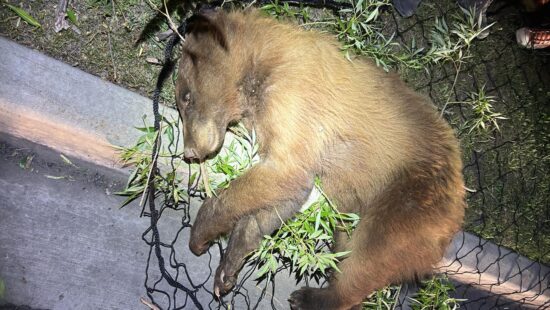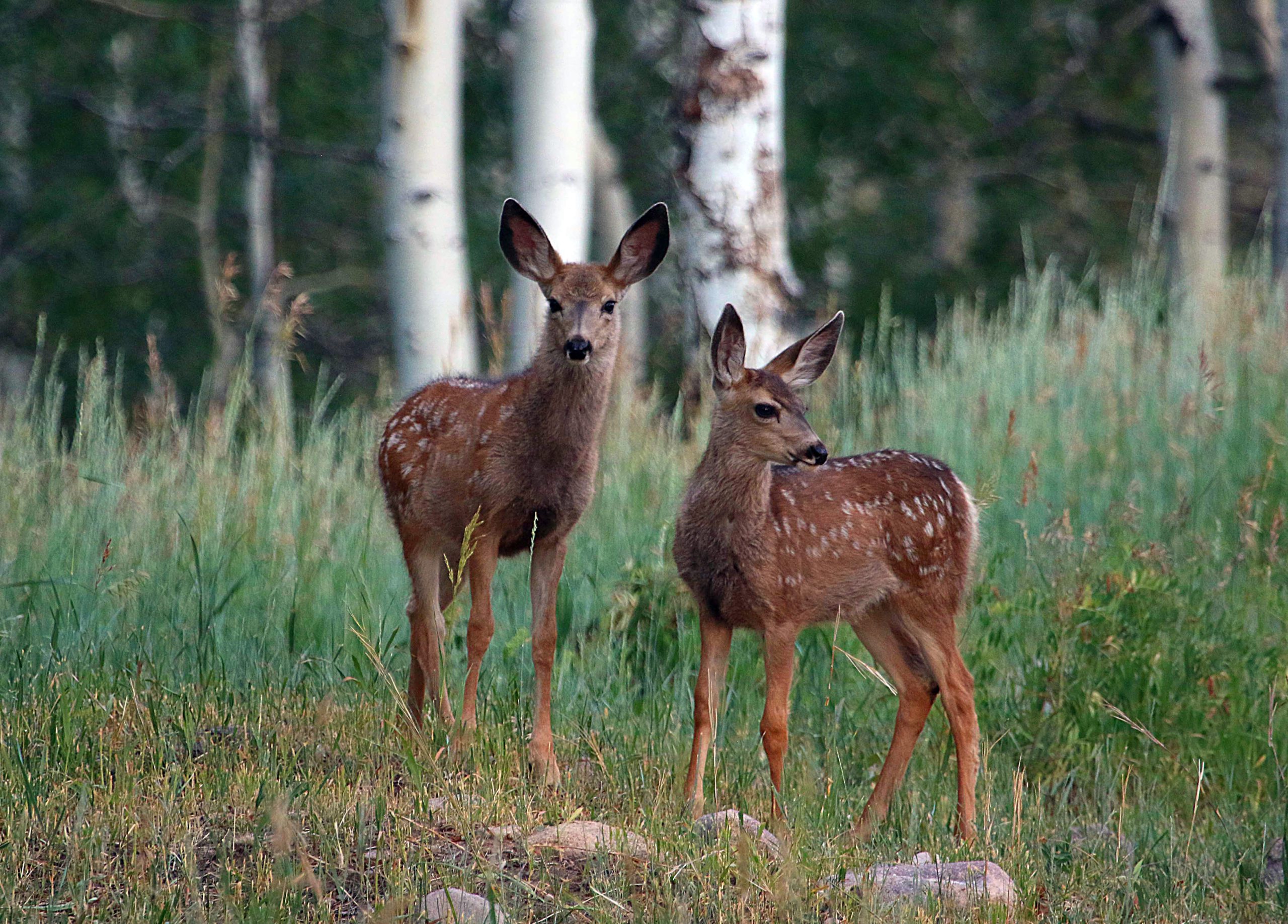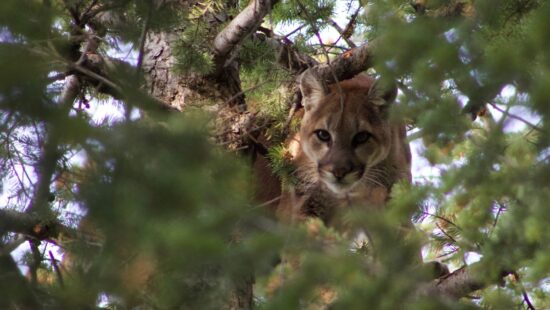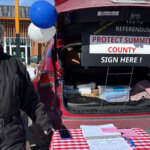Wildlife
Tips to keep deer out of your garden throughout the summer
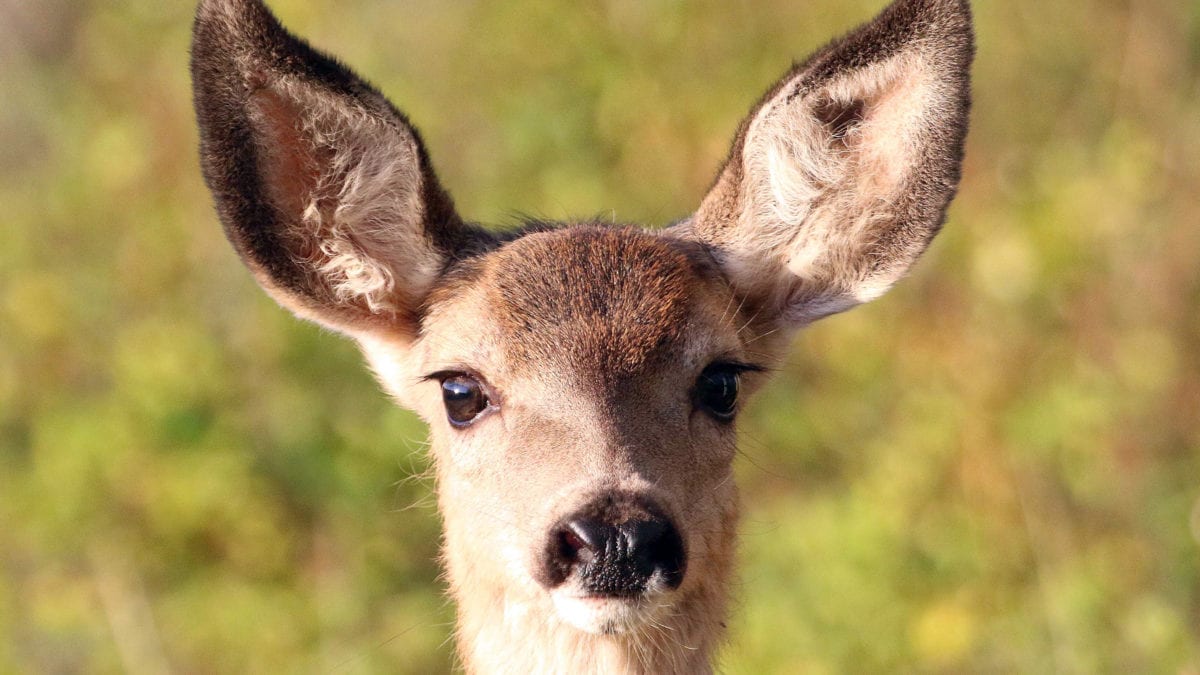
Photo: Courtesy of Jim Shuler // Utah Division of Wildlife Resources
UTAH – Despite the plentiful snowfall this winter, which has helped increase vegetation in some regions of Utah, wildlife may still migrate into neighborhoods this summer in search of food and water.
Here are a few things you should be aware of whether you want to prevent deer from eating all your garden produce and flowers or you want to find ways to assist animals this summer.
If you want to attempt to save your plants and also minimize property damage from wildlife, here are a few tips from Utah’s Division of Wildlife Resources (DWR):
- Build an 8-foot fence around your yard and garden. An 8-foot fence is the most effective method of preventing deer from eating your plants, and is often the only reliable method of keeping them out of your yard completely.
- Install a motion-activated sprinkler by your flowers or garden. This is a fairly effective technique to deter deer from eating your plants, and place the sprinkler near the entrance to your yard or by plants you cherish the most.
- Plant unpalatable vegetation around the perimeter of your garden. This will deter deer from entering your yard and eating more plants, and you can Visit the DWR website for deer-friendly landscaping ideas if you live in an area frequented by big game animals.
While some people might want to keep deer and other wildlife from devouring their lawns or gardens this summer, others might be looking for methods they can provide food and water for hungry and thirsty animals. Although it would be tempting to provide these animals food or water, doing so could put both the animals and people in danger.
It is not illegal to feed wildlife in most places, except for areas that have enacted no-feeding ordinances, but there are several reasons that it is highly discouraged, including:
- Public safety concerns: When wild animals are fed, they typically come back to that place in pursuit of food. These regions are frequently found close to cities, highways, and sometimes even within neighborhoods. Increased traffic accidents and other human/wildlife interactions can occur when deer and other wildlife are concentrated close to populated areas.
The spread of chronic wasting disease among deer, elk and moose: The nerve systems of deer, elk, and moose are impacted by the relatively uncommon but lethal transmissible condition known as chronic wasting disease. A protein fragment known as a prion that adheres to the brain and spinal cord is what causes the illness. The same kind of particle that causes mad cow disease in cows also causes this condition. Animals with the infection experience emaciation, brain lesions, listlessness, and droopy ears. Infected animals may shed prions in their urine, feces and saliva. Transmission may occur directly through contact with an infected animal or indirectly through environmental contamination. (A dead carcass can contaminate the soil.) Prions are extremely resilient in the environment and can stay infectious for years.
Potential harm to wildlife from introducing foods not in their diets: Deer have four distinct stomach chambers, and each one gradually reduces the size of the woody, leafy, and grassy meals it consumes. The microbes found in these stomach chambers are crucial for proper food digestion. A deer’s digestive system contains a variety of bacteria that gradually alter during the year and are highly specialized to the available food. Deer eat largely sagebrush and other woody plants in the winter. When a deer’s diet is abruptly altered, it is very likely that it will consume material that it cannot easily digest. Deer frequently starve to death while still having a full stomach under such circumstances.
“The best way you can help wildlife is by letting animals stay wild,” said Dax Mangus, big game coordinator for the Utah Division of Wildlife Resources. “Don’t approach them, and don’t try to feed them. While we did implement emergency feeding of deer in parts of northern Utah this winter, it was due to special circumstances that follow Division policies, involve trained professionals and use specialized feed. Often people’s good intentions wind up doing more harm than good for the wildlife. It can also be really dangerous when deer, moose or bears become habituated and lose their fear of people.”















